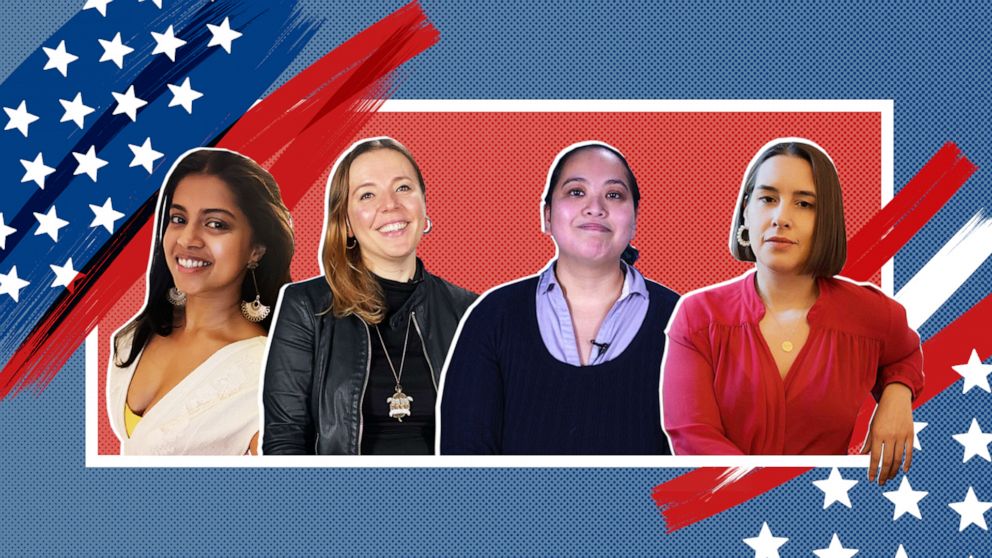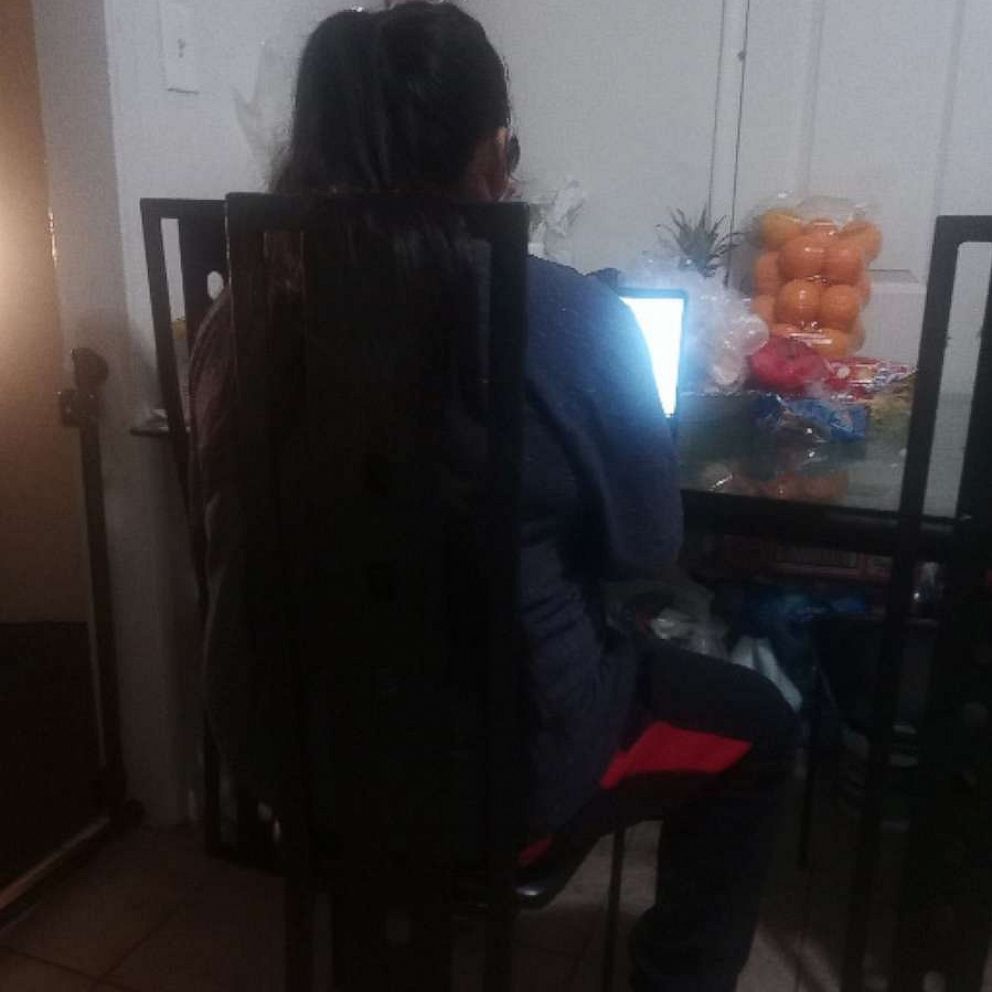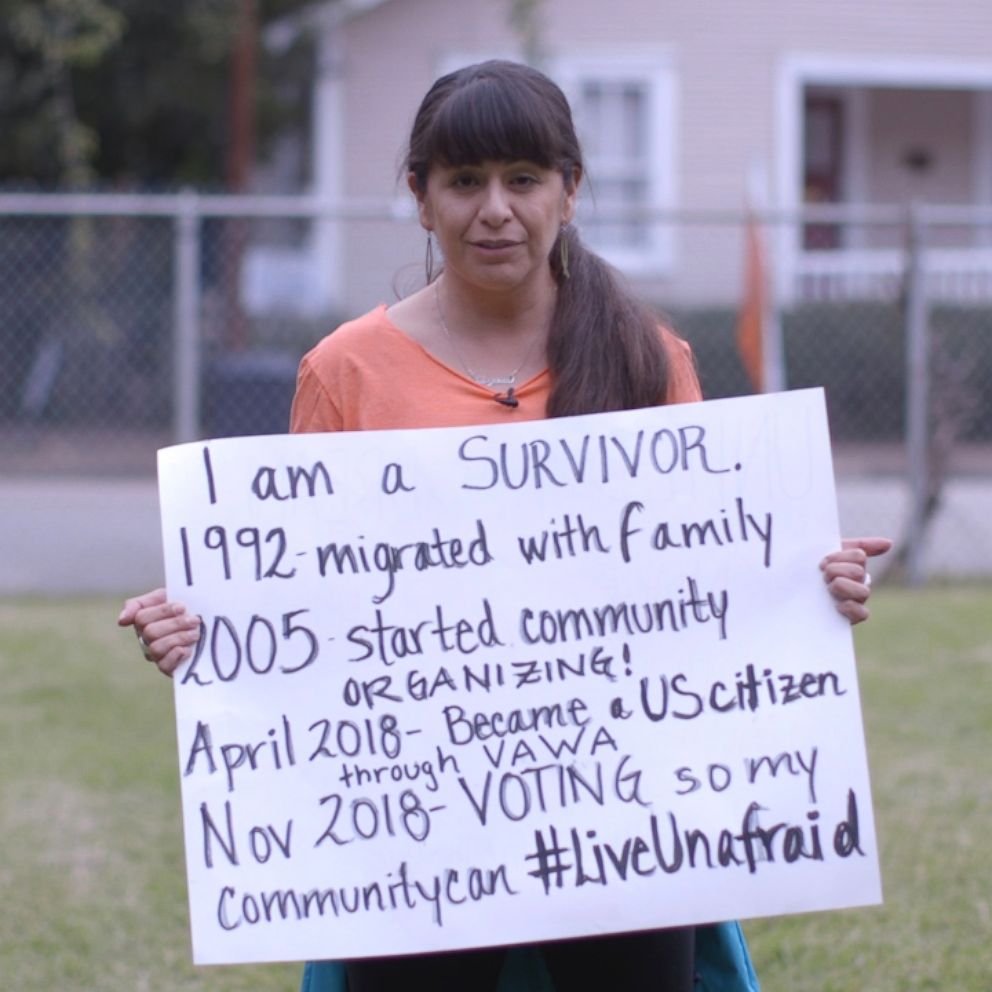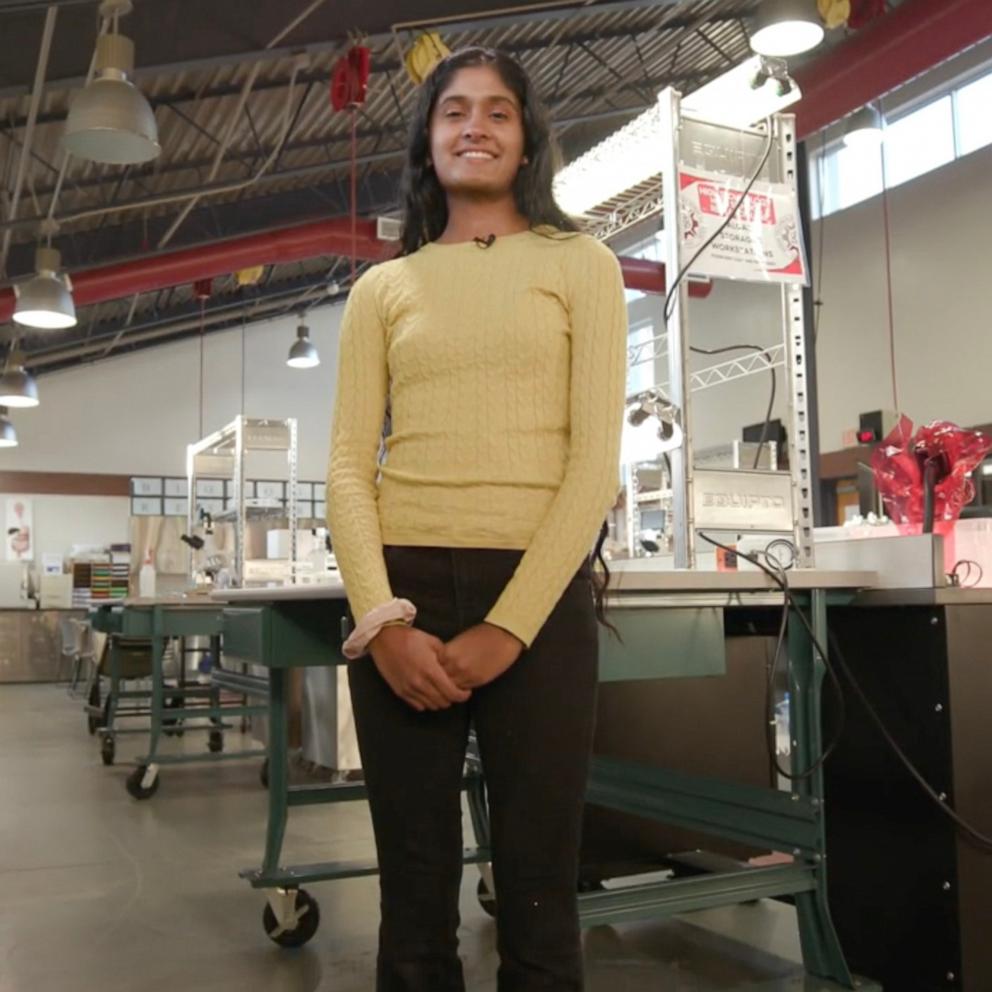How to become a US citizen: 4 women share their different paths to citizenship
The process of becoming a United States citizen is more complicated than one might think and it’s not the same for everyone. Your experience can depend on your country of birth, education level, finances and more.
For most, the process begins with a visa. Once you obtain a visa, you can apply for your green card. This grants you permanent residency in the United States and is the step before applying for naturalization. However, for many, this is the longest and most difficult part of the citizenship process.
Once you have held your green card for five years, or three if you are married to a United States citizen, you are able to apply for naturalization. After sending in an application, the average wait is nine to 10 months before you are given an exam date. Those wanting to become naturalized citizens will sit for a naturalization exam that tests civics and English.
If you pass the exam, you will be sworn in as a United States citizen at a naturalization ceremony.
This citizenship process can be long and it also isn’t free. It can cost thousands of dollars to become a citizen with government fees alone -- and even more if people choose to pay for attorneys, preparation courses or other factors to help them through the process.
“Good Morning America” spoke with four women from four different countries who have become United States citizens or are still going through the process about their unique experiences. Here are their stories.
Pritika Sawant
Pritika Sawant, 30, came to the United States from Mumbai, India, in 2012 to attend Syracuse University for her master's degree in information management.
Obtaining her student visa took months and cost several hundred dollars. Sawant said she was denied a student visa twice because the immigration officer suspected that she was lying about her relationship with her aunt -- who was living in the United States at the time -- and had to fly to another Indian city, Chennai, in order to obtain one.
Sawant completed her master's program and won a lottery with the United States Citizenship and Immigration Services to obtain a H-1B visa, which she says selects 65,000 students per year and permits a foreign national to work in the United States for a temporary period. Her visa expired in 2019 but was renewed until 2021.
Sawant has applied for a green card, but because of the high emigration rate from India to the United States, she says the USCIS will likely have to clear a ten-year backlog before they can process her case. She will have to continue to renew her H-1B visa, which she can only do by flying home to India, until she is able to obtain permanent residency, meaning she will likely stay with her current employer who is sponsoring her on her path to citizenship.

“The United States is the land of opportunity, so that’s why I wanted to immigrate here,” Sawant said. “I wanted to pursue my dream of my master's and finding a job and getting assimilated with different cultures in the United States.”
I wanted to come here. I wanted to learn the American culture. I wanted to work with different people from different culture. I wanted a secure future.
“If somebody asked me, ‘What's your five-year plan?’ My five-year plan is just ensuring I get a green card, honestly, because if I don't get my green card, I don't get my work visa extended, I have to leave the country,” Sawant said.
Catalina Stan
Catalina Stan, 35, immigrated to the U.S. from Romania in 2006 and obtained her United States citizenship in 2012.
Stan was living in Bucharest in 2004 when her sister, who was living in America, advised her to enter the “green card lottery.” This program, named the Diversity Immigrant Visa program, is run by the Department of State and allows citizens from countries with low United States immigration rates to enter a lottery in hopes of gaining permanent residency. Stan entered and said she found out six months later that she had won.
To get approved, she had to provide a background check, medical exam and proof that she would be able to care for herself once she got into the U.S. Stan said the entire process from start to finish took about two years, and in 2006, she was able to enter the United States with her new visa.
Once she was a green card holder for the required five-year period, Stan applied for her naturalization exam, passed and was sworn in as a naturalized citizen.
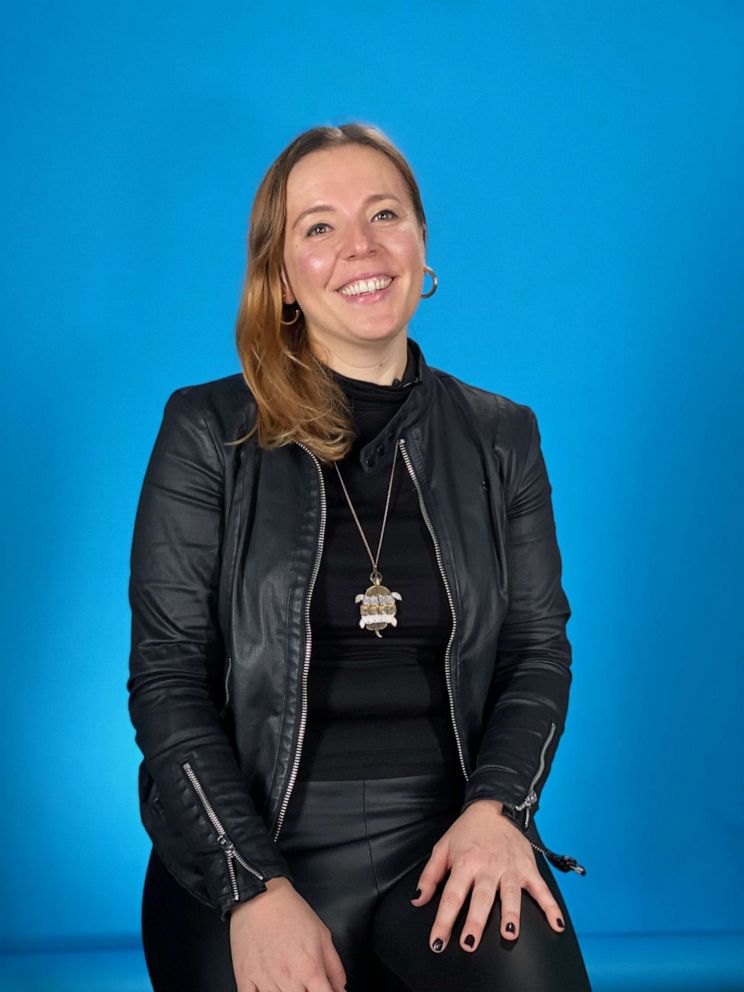
“It's definitely not an easy process. If anything, I think I'm an example of ... a pretty clean-cut process,” Stan said. “Once I came here, I saw how many people try so hard to stay here and go through all the channels ... sometimes it takes them 10, 15, 20 years to get their citizenship, their green card ... They do all the good stuff, but it's still really hard. It's not always guaranteed that you can stay here.”
I love living in the United States and I don't foresee moving anywhere else anytime soon.
“Once you have a green card, you have to maintain a resident status. You have to stay within the United States at least six months out of the year. And if I were to have to move back to Romania for a couple of years, I could potentially lose that resident status, whereas now, it's pretty much permanent.”
Natalia Saavedra
Natalia Saavedra, 29, came to the U.S. from Colombia with her family in 1998 at the age of 7.
After not feeling safe and stable in Colombia, friends of Saavedra’s parents who lived in Montauk, New York, told them there were job opportunities in America and that their family should try to come to find work.
Saavedra’s parents obtained visas for their family and came to the United States. Once settled, they worked to obtain their permanent residency, or a green card, but Saavedra said they hit roadblocks along the way.
Throughout the years, Saavedra said her family paid thousands of dollars to attorneys who did not properly explain how long the immigration process would take. In one instance, Saavedra’s father was told by a friend to meet with a man in Florida who was a United States Citizenship and Immigration Services agent and could speed up their wait time. Saavedra’s father paid for his family to fly to Florida to meet with him and gave the man a money order of $4,000 -- only to find out he was a scammer. It took her father 10 years to obtain his green card.
Shortly after he obtained his green card in 2008, Saavedra was granted permanent residency status along with her mother and sister. After holding her green card for five years, Saavedra applied for naturalization, passed her exam and was sworn in as a United States citizen in 2013.

“Throughout the process, my parents lost a lot of money. But I feel like it was due to a lot of factors, including lack of information [and] lack of understanding on our end,” Saavedra said. “It's so easy to take advantage of people that are just coming here in search of a better life.”
Even if they do everything right, even if they pay their taxes, even if we come here and work and contribute to this economy, it's still not as easy as, 'Oh, I'm just going to become a permanent resident today.' It's such a long process.
“There are so many stories of people that come here, and people that just really want a better life for themselves and for their kids, and aren't here to 'steal jobs' or be a threat to this country or to anyone here,” Saavedra said.
Miya David
Miya David, 34, came to the United States from the Philippines in 2013 to attend graduate school in New York.
When attempting to get her student visa, the wait time at the U.S. Embassy in the Philippines was about a month and a half, she said. Since she didn’t know it had to be planned that far in advance, school had already started by the time she was able to get an appointment. Thankfully, she was able to obtain her student visa on her first try and traveled to the United States to complete her graduate program.
Once David graduated from her program, she landed a position at a publication and was told she could have the position if she would be able to switch her student visa to an international journalist visa. Since you cannot renew or change your visa in the United States, David had to get a visa to fly to London in order to get a visa to work as an international journalist in America. She paid for her own flight and split attorney fees with her company, which she says cost her around $2,000 to $3,000.
David’s next step is deciding whether or not she wants to apply for her green card or return home to the Philippines once the remaining years on her visa run out.
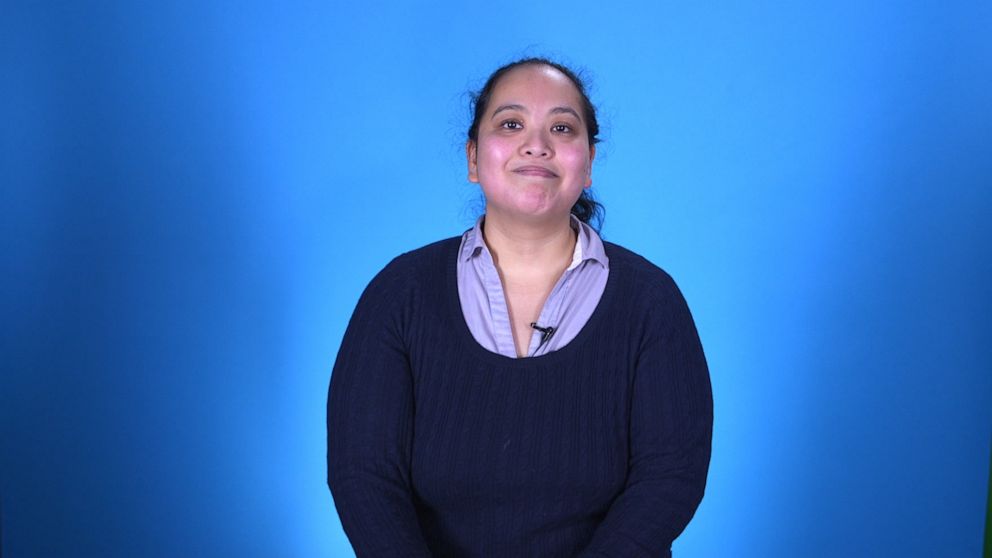
“It becomes the fact of your life that you are constantly proving yourself to stay in the country,” David said. “It also becomes a matter of thinking creatively where you can kind of position yourself to get a green card, if that's what you want to do. And I've seen a lot of people who have just given up because, if you're from the Philippines, you only have a few options. Coming from somewhere else, you have more options to choose from in the path to citizenship.”
It takes a lot of commitment to want to be in the United States.
“So every time you meet an immigrant, whether they're a student or working here, it means that they were so committed to contributing to the United States that they had to raise a lot of money. They had to go through a lot of documentation, they have to wait a long time to do an application or to wait for the backlog to clear so their application can even be considered. There's so much involved that if they are here, they want to be here.”
In short, there are several ways to become a U.S. citizen, and the process varies depending on country of origin and reason for seeking citizenship. The USCIS naturalized 834,000 new citizens in fiscal year 2019, which was an 11-year high. These four women sharing their citizenship stories shows how different the experience can be.
